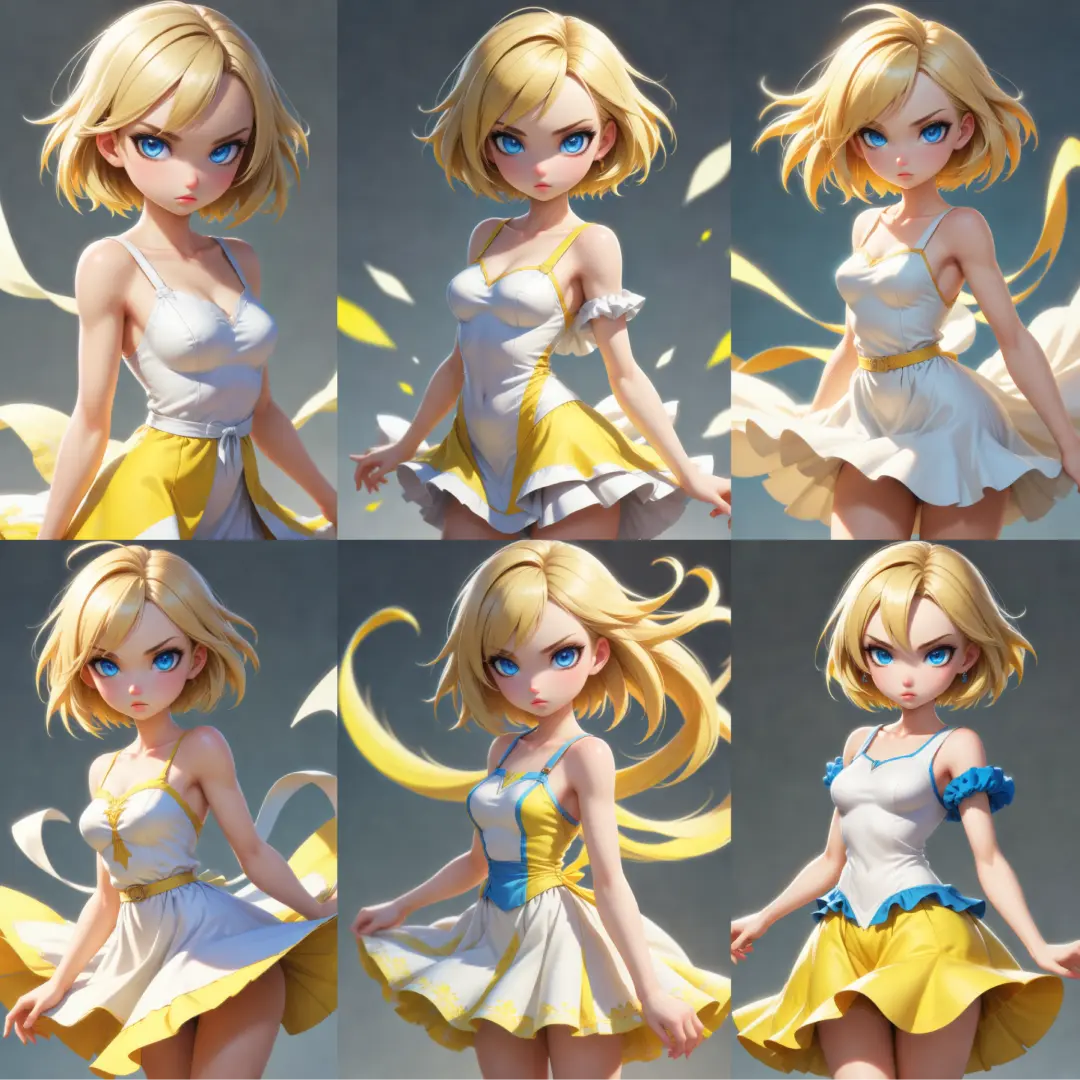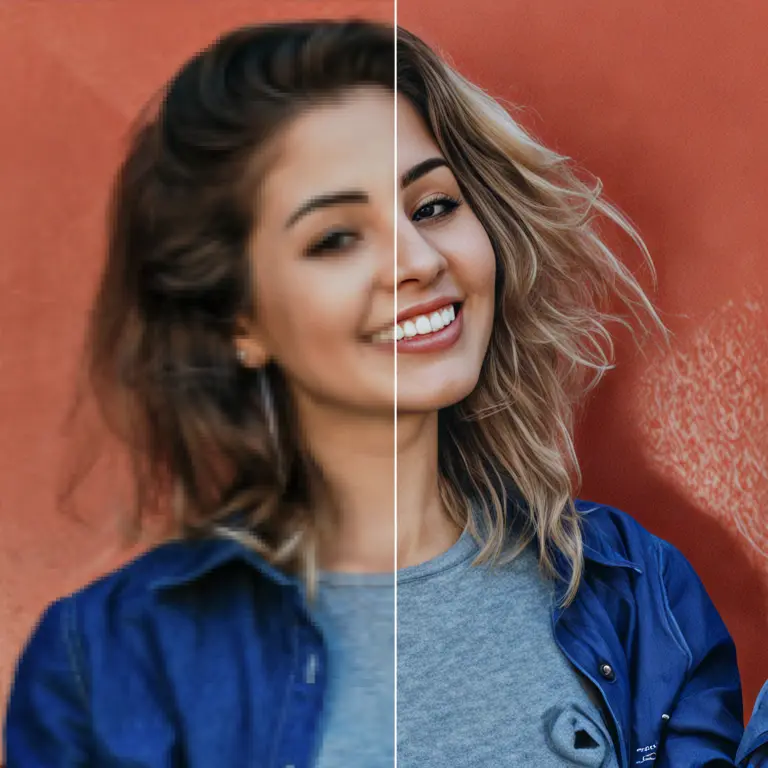ComfyUI Node: SUPIR Encode
SUPIR_encode
CategorySUPIR
kijai (Account age: 2467days) Extension
ComfyUI-SUPIR Latest Updated
2024-08-01 Github Stars
1.84K
How to Install ComfyUI-SUPIR
Install this extension via the ComfyUI Manager by searching for ComfyUI-SUPIR- 1. Click the Manager button in the main menu
- 2. Select Custom Nodes Manager button
- 3. Enter ComfyUI-SUPIR in the search bar
Visit ComfyUI Online for ready-to-use ComfyUI environment
- Free trial available
- 16GB VRAM to 80GB VRAM GPU machines
- 400+ preloaded models/nodes
- Freedom to upload custom models/nodes
- 200+ ready-to-run workflows
- 100% private workspace with up to 200GB storage
- Dedicated Support
SUPIR Encode Description
Transform images into latent representation using VAE for AI art applications, image manipulation, and deep learning tasks.
SUPIR Encode:
The SUPIR_encode node is designed to transform an image into a latent representation using a Variational Autoencoder (VAE). This process is essential for various AI art applications, as it allows for the manipulation and generation of images in a compressed and efficient manner. By encoding images into latent space, you can leverage the power of deep learning models to perform tasks such as image enhancement, style transfer, and more. The SUPIR_encode node provides flexibility in terms of data type and tiling options, making it adaptable to different use cases and computational resources.
SUPIR Encode Input Parameters:
SUPIR_VAE
This parameter specifies the Variational Autoencoder (VAE) model to be used for encoding the image. The VAE is responsible for compressing the image into a latent representation, which can then be used for various downstream tasks. The choice of VAE can significantly impact the quality and characteristics of the encoded output.
image
The image parameter is the input image that you want to encode. This image will be transformed into a latent representation by the VAE. The quality and resolution of the input image can affect the resulting latent representation.
encoder_dtype
This parameter defines the data type to be used during the encoding process. Common data types include float32 and float64, which can impact the precision and computational requirements of the encoding process. Choosing the appropriate data type can balance between performance and accuracy.
use_tiled_vae
The use_tiled_vae parameter is a boolean flag that indicates whether to use a tiled approach for encoding. Tiling can be useful for processing large images that do not fit into memory. When set to True, the image will be divided into smaller tiles, which are then encoded individually.
encoder_tile_size
This parameter specifies the size of the tiles to be used when use_tiled_vae is set to True. The tile size can affect the granularity and performance of the encoding process. Smaller tiles may lead to more detailed encoding but can increase computational overhead.
SUPIR Encode Output Parameters:
encoded_latents
The encoded_latents parameter is the primary output of the SUPIR_encode node. It contains the latent representation of the input image, which can be used for various AI art applications. This latent representation is a compressed version of the original image, capturing its essential features in a lower-dimensional space.
SUPIR Encode Usage Tips:
- To achieve the best results, ensure that the input image is of high quality and resolution.
- Experiment with different VAEs to find the one that best suits your specific application.
- Use the
encoder_dtypeparameter to balance between computational efficiency and precision. - If you are working with large images, consider enabling
use_tiled_vaeand adjusting theencoder_tile_sizeto fit your computational resources.
SUPIR Encode Common Errors and Solutions:
"Invalid VAE model"
- Explanation: The specified VAE model is not valid or not found.
- Solution: Ensure that the VAE model is correctly specified and available in the environment.
"Image size too large for memory"
- Explanation: The input image is too large to be processed in memory.
- Solution: Enable
use_tiled_vaeand adjust theencoder_tile_sizeto process the image in smaller tiles.
"Unsupported data type"
- Explanation: The specified
encoder_dtypeis not supported. - Solution: Use a supported data type such as
float32orfloat64.
"Tile size too large"
- Explanation: The specified
encoder_tile_sizeis too large to fit into memory. - Solution: Reduce the
encoder_tile_sizeto a smaller value that fits into memory.
SUPIR Encode Related Nodes
RunComfy is the premier ComfyUI platform, offering ComfyUI online environment and services, along with ComfyUI workflows featuring stunning visuals. RunComfy also provides AI Models, enabling artists to harness the latest AI tools to create incredible art.



